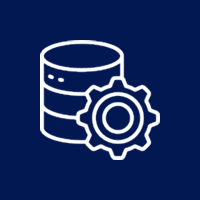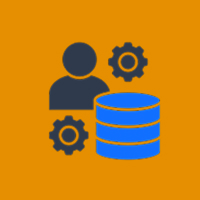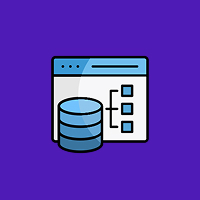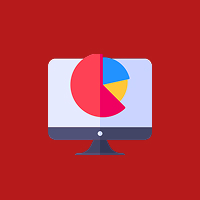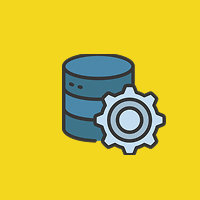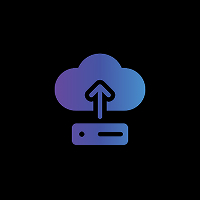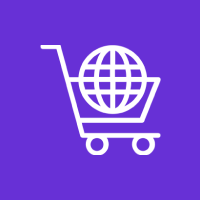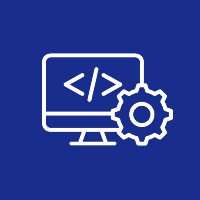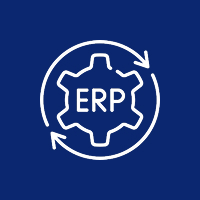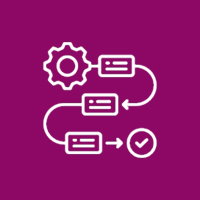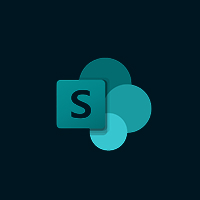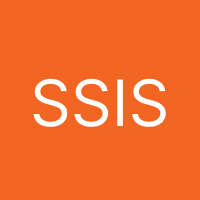Cloud computing is creating an innovative competitive nature in the digital landscape, well for businesses. Now, let’s see the kind of changes trends in cloud computing are bringing to redefine the future of business.
1. Hybrid and Multi-Cloud Strategies
As organizations realize their need for flexibility and efficiency, the deployment of hybrid as well as multi-cloud models is on the increase. Hybrid public and private clouds bring the possibility for organizations to suit their approach for performance, cost, and security requirements. Therefore, with these new strategies:
- Advancements in the Toolset: Tools and platforms are developed so that multiple environments can be brought together with better integration and easy management.
- Vendor-Neutral Solutions: Businesses are exploring solutions that have minimized dependence on one vendor while fully ensuring interoperability.
- Disaster Recovery & Business Continuity: Hybrid architectures will provide better capabilities for failover, meaning the services can run without interruption.
2. Increased Security and Compliance
The data breach sophistication has reached its highest point, and security is no longer a matter of choice. The trend in this field comprises the following:
Zero Trust Security Models: Implement the “never trust, always verify” policy and authenticate both users and devices at all times.
Advanced encryption forms protect information in motion and at rest through end-to-end encryption, often using homomorphic encryption.
Emerging proactive compliance monitoring using automated software scanning and monitoring for regulatory compliance such as GDPR, HIPAA, and CCPA.
3. AI and Machine Learning Integration
AI and ML bring smarter, data-driven solutions to cloud computing. Growth in these areas this year will come in the form of:
- Predictive Analytics: Real-time decision making is now becoming possible through prediction by AI.
- Intelligent Automation: Automation will increasingly be deployed on repetitive tasks such as chatbots for customer support and maintenance for IT operations, thus freeing up resources.
- Custom AI Models: Cloud providers are providing easy-to-use tools to businesses to develop their own AI models that best suit their needs.
4. Edge Computing Expands
Edge computing is revolutionizing the way data is processed by bringing it closer to the source, thereby:
- IoT Synergy: Edge computing with IoT devices helps in seamless integration, hence reducing latency and improving real-time analytics.
- Cost Optimization: Processing data locally saves money on cloud storage and bandwidth expenses.
- Industry-Specific Applications: In critical use cases, such as remote monitoring and predictive maintenance, healthcare, manufacturing, and transportation are embracing the edge solutions.
5. Serverless Computing:
On the rise and highly likely to gain much more significant momentum over the next years.
Serverless computing is revolutionizing the way applications are built and scaled. Advancements include:
- Event-Driven Architectures: Real-time applications include a platform for live data analytics and stock trading.
- Better Developer Experience: Developers need to worry only about coding, and the infrastructure is taken care of by cloud providers, thus reducing the time-to-market for new features.
- Dynamic Resource Provisioning: Serverless technologies automatically provision resources on demand while keeping costs optimized and scalable at times of traffic peaking.
6. Cloud Computing Sustainability
As green initiatives pick momentum with cloud providers, concerns for the environment grow. Carbon Neutral Data Centre Providers start investing in renewable sources of energy and optimize consumption of energy.
- Optimizing Hardware Utilisation: Using AI for optimizing hardware so minimal energy is thrown away.
- Sustainability Metrics: Organizations are adopting tools that assist in measuring and reducing carbon footprints associated with the cloud.
7. Cloud-Native Applications
Cloud-native development is gaining traction as microservices and containerization adoption rise within organizations. Some of the mentioned advantages are:
- Agile: Faster cycles of development and faster updates on applications.
- Resilient: The impact when one component fails cannot be compared to this distributed configuration.
- Global Scalability: Performance is optimized across different regions and cloud providers in application build.
8. 5G and Cloud Synergy
More, the roll out of 5G networks is further hastening adoption in the cloud. With very high connectivity rates, businesses may expect:
- Immobility: Enabling flexible work and applications designed for the mobile-first mode.
- Real Time Data Processing: Performance will become much better even for latency-dependent applications such as AR/VR and telemedicine.
- Cloud gaming adoption: Fast experience and extremely less latency high quality streaming.
As it is on the cutting edge of innovation, cloud computing offers tools and technologies from which a business can reap benefits and thrive. Hybrid cloud strategy adds intelligent use of AI integration, edge computing, or serverless architecture to break open new efficiencies, improve security, and drive growth. In a world where everything is bound to change almost overnight, the best a human could have wanted was to constantly update and keep up with innovations to remain on top of things.
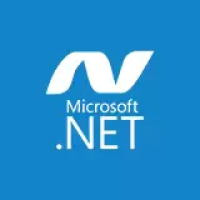


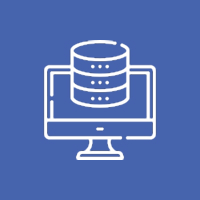




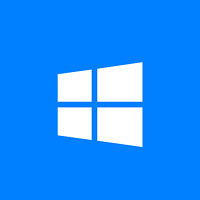
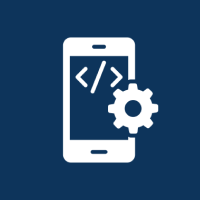



 Database Development
Database Development





